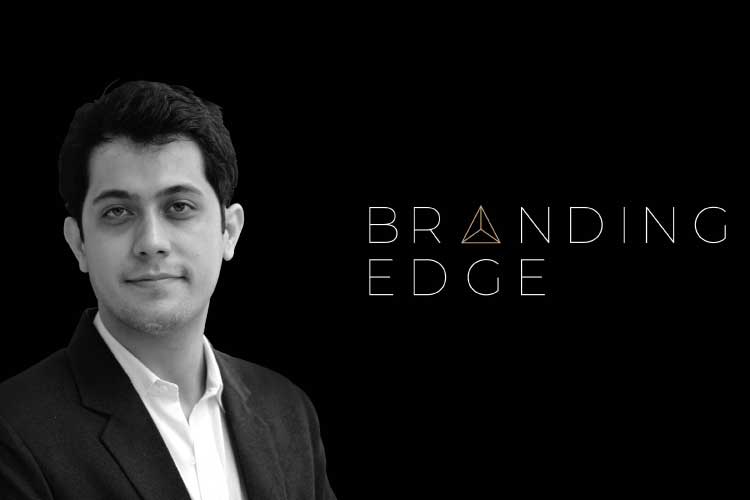Is everyone’s quarantine going better than mine? Oh, are they on TikTok? They uploaded a Reel; you know my friend is doing Sunday podcasts - It can certainly feel like it. Even though COVID restrictions and lockdowns are in effect throughout the world, we still believe that others are enjoying their lives more than we are and when I say we - it includes Brands, Business, and Marketers too.
Marketers' elation for new technologies and techniques is often ascribed to the fear of missing on trends. This view can be very dissonant, but it is candour. FOMO can be a positive thing when it motivates us to experiment and test new tactics and tools. But if it is mismanaged, FOMO can also result in the least ineffective - or at disastrous - marketing investments.
Fundamentally, FOMO comes from comparing your brand activities to those of others and believing that whatever they are doing is better than what we are doing (without realizing what is the objective, audience and if it is even your competition). In years past, brands and agencies didn’t quite know what is happening internationally or in the cross-industry. But nowadays many Silicon Valley giant social media platforms allow us to see the daily lives of others on an almost constant basis, which triggers our impulse to compare.
In these pandemic times when all traditional marketing calendars have taken a hit, marketing teams and agencies are looking to try every new medium to have the sense of belongingness and the drive to “fit in” that will keep them evolving and thriving for customers.
The First FOMO is the Fear of Missing Out on an opportunity. Advertising agencies or PR agencies are wired to think that there is nothing worse than missing an opportunity and that it could have changed the client’s life. This opportunity could be an idea, a new platform, or the ongoing topical trend anything that matters to grow the business – Oh damn, Salman bhai’s creative director meme is good. Oh, the great Khali is trending, we should do something around it, this will definitely increase our sales and customer base so on, and so forth.
As an industry, we need to realize, that it is good to be ambitious, seek opportunities, and explore new trends for our clients but don’t let this become an obsession. It is very important to learn to say ‘no’ whenever instinct arises to invest money in new tools without optimizing the current one. Also, it is important to understand when to turn down an opportunity and wait for right one.
The drawback of Marketing FOMO.
Short Termism
Most of the time the marketing FOMO is short-lived and the short-term focused strategy enables stability and quick wins, as well as more frequent target achievement and achievement of goals. With a short-term focused strategy, you might win all the battles but still lose the war because you did not fight the right battles.
FOMT
Fear Of Missing New Technology, as the rate of technological change increases alongside the areas of innovation, there can be a fascination within marketing for being a part of the latest trend with the latest implementations. From apps to social media to chatbots and the recent arrival of the holy grail of Artificial Intelligence, the need to be part of the latest tech trends can be difficult to ignore - regardless of how useful that new technology really is for your business, or how feasible an implementation is in the longest term. The brand does on increasing the marketing investment on newage FOMO.
On one side, yes, FOMO marketing leverages this primal drive of belonging to increase traffic and conversions in today’s digital landscape. But it also distracts and disallows the brand to optimize one medium to the fullest.
In the current times, many businesses are suffering from FOMO when it comes to their marketing. We need a podcast, we need to be on Tik Tok, we need a video, we need to explore ongoing trends, etc. But the best way is to optimize what you have got first. Scale Second. Clients need to give more importance to the business and brand strategy more than just the execution of the FOMO tools, trends, and tactics.
The views expressed are authors own and not of anyone else.
The author is Rahul Tekwani, Managing Director, Branding Edge Strategic Communication and Advisory.





.jpg)
.jpg)
.jpg)















